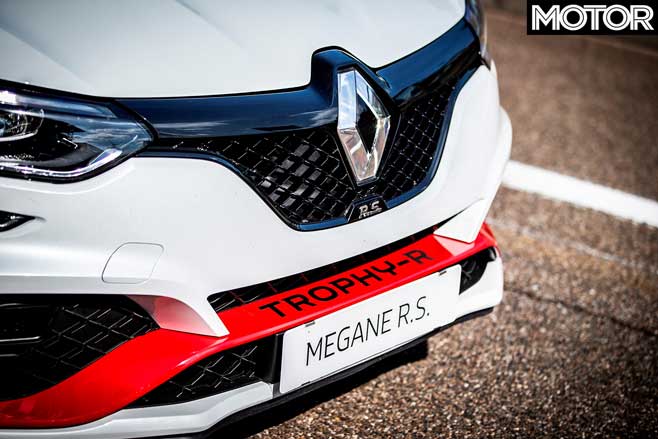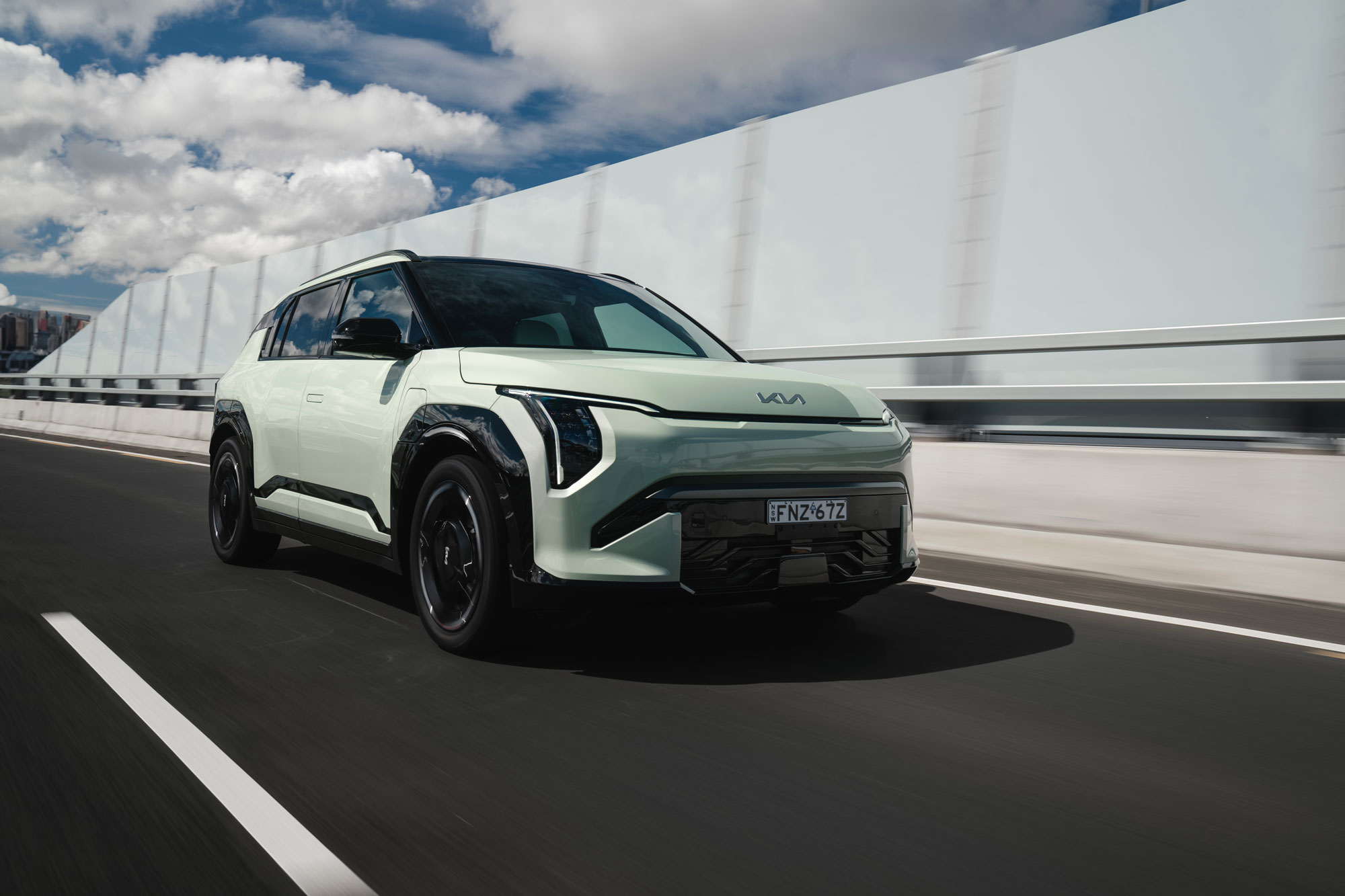THERE ARE some pure driver’s cars that manufacturers just always get right. I’m particularly thinking GT Porsches, mid-engined Ferrari specials and extreme Renault Meganes.
This is the latest of the Renaults, which is these days called the Renault Megane RS Trophy-R. And I’m happy to report the same standard applies. Sigh. Time for another rejig of the ‘top 10 best front-wheel drive cars of all time’ list.

This is a great car. As usual, Renault has chased a particular German lap time and, as usual, found it with a 7min40.1sec – making it 3.7sec faster than the more powerful Civic Type R, so it’s the fastest front-drive production car on the Nordschleife. But it’s the way the Trophy-R delivers its speed rather than the speed itself that makes this car so compelling.
There is less weight, to the tune of some 130kg compared with the regular RS Trophy, thanks to thinning the rear door glass (-1kg), removing rear seats (-25kg), changing the front seats (-14kg), fitting a carbonfibre bonnet (-8kg), titanium exhaust (-7kg), smaller touchscreen (-250g) and omitting the rear wiper (-3kg).
But the biggest ‘leave’, which makes the biggest difference both to the car’s power-to-weight ratio and the way the car handles is the absence of the active rear-steer system you’ll find on lesser RS Meganes and which has troubled the confidence of some testers.
Combined with a lighter rear torsion beam, it saves almost 40kg, so the kerb weight is 1306kg (87kg less than the current Oz-spec Type R). No rear-steer means less high-speed stability than the regular RS Megane, but way more chuckability and, crucially, consistency of response.

The rest of the intoxication is provided by the weight reduction, adjustable Ohlins dual-flow valve dampers and lightweight springs, increased front camber, virtually no aerodynamic lift via a bigger diffuser and a tiny front splitter, and a ride height the customer can lower by up to 16mm front and rear.
The result is a car that on a circuit, with height lowered and dampers set to medium-rare, feels every inch as good and connected as a Porsche 911 GT3 RS, just front-wheel drive and less accelerative. There’s equivalent feel, finesse, grip and loads of traction.
The 390mm carbon-ceramic brakes used to set the Nurburgring lap time are fitted to the 30 ‘Trophy-R Record’ versions being produced, but Australia will get just one of those, to be auctioned off. That car will also get a six-point harness and carbonfibre wheels – developed in Australia by Geelong-based Carbon Revolution – that save 2kg per corner. Renault places the carbon wheels in the back (where there’s now no seat) and straps them down, so they can’t get damaged in transit. As a result, Record owners also have a spare set of track-day wheels and tyres.

Australia has been allocated 20 of the 500 Trophy-Rs being produced, and they lob here in early 2020 – all painted pearl white with red highlights – with the Ohlins shocks and 19-inch wheels, and 355mm discs clasped by four-piston calipers up front.
Suitably stripped and lightened, the Trophy-R is raw and noisy, and completely involving. An Alcantara steering wheel – I’m a sucker for those – telegraphs everything the tyres are up to, via medium-light weighting. A small tug of torque-steer here and a shimmy under braking there, and you’ll know which tyres are giving up – and where, and how.
Not that they do often. If this car had twice its power, I’m sure its grip levels would see it return a lap time as fast as the purest supercars. Laterally, and under deceleration, it is no less capable, while it looks after its Bridgestone Potenza S007 tyres (same as on the Trophy) remarkably well, even after a day on the track.

You can make the Trophy-R understeer on power, but turn in without throttle or trail the brakes and it rotates wonderfully and predictably. Most of the time it’s fantastically neutral.
Body control, in the set-up we tried, is superb. Kerbs rattle through it, mind. With dampers slackened and the height up, I think it would make an engaging road car, though Renault’s chief test driver, Laurent Hurgon, still reckons the grip levels are “completely crazy” for the road. I believe him.
You’ll note I haven’t mentioned the engine and gearbox (six-speed manual only, because it’s lighter than the dual-clutch auto). They’re fine, responsive and slick enough, but power is the same 220kW as the Trophy, because it would have been too expensive to re-homologate for just 500 cars.

Besides, Renault likes the idea of finding speed through subtraction rather than addition, with the exception of the price – about $70K in Australia. This, it will not have escaped your notice, is loads of money for a hot hatch with a lap time not all that dissimilar to a Civic Type R, which is priced at $52K.
This is a quandary. The feeling you get on a circuit is way more important to me than the number that comes out at the end. But this car largely exists because of the number that comes out at the end. Perhaps best not to think about it too much. Just remember that it’s every inch as thrilling as plenty of supercars costing four times as much.

2020 RENAULT MEGANE RS TROPHY-R SPECS Engine: 1798cc inline-4, DOHC, 16v, turbo Power: 220kW @ 6000rpm Torque: 400Nm @ 3200rpm Weight: 1306kg 0-100km/h: 5.4sec (claimed) Price: $70,000 (est)
Like: Improved suspension, with no rear-steer; huge weight reduction; chuckability and response; enormous grip Dislike: No increase in power; limited availability; price
Rating: 4.5 out of 5 stars
The Nemesis
Honda Civic Type R 2.0-litre four, FWD, 228kW/400Nm, 0-100km/h 5.7sec 1393kg, $51,990





